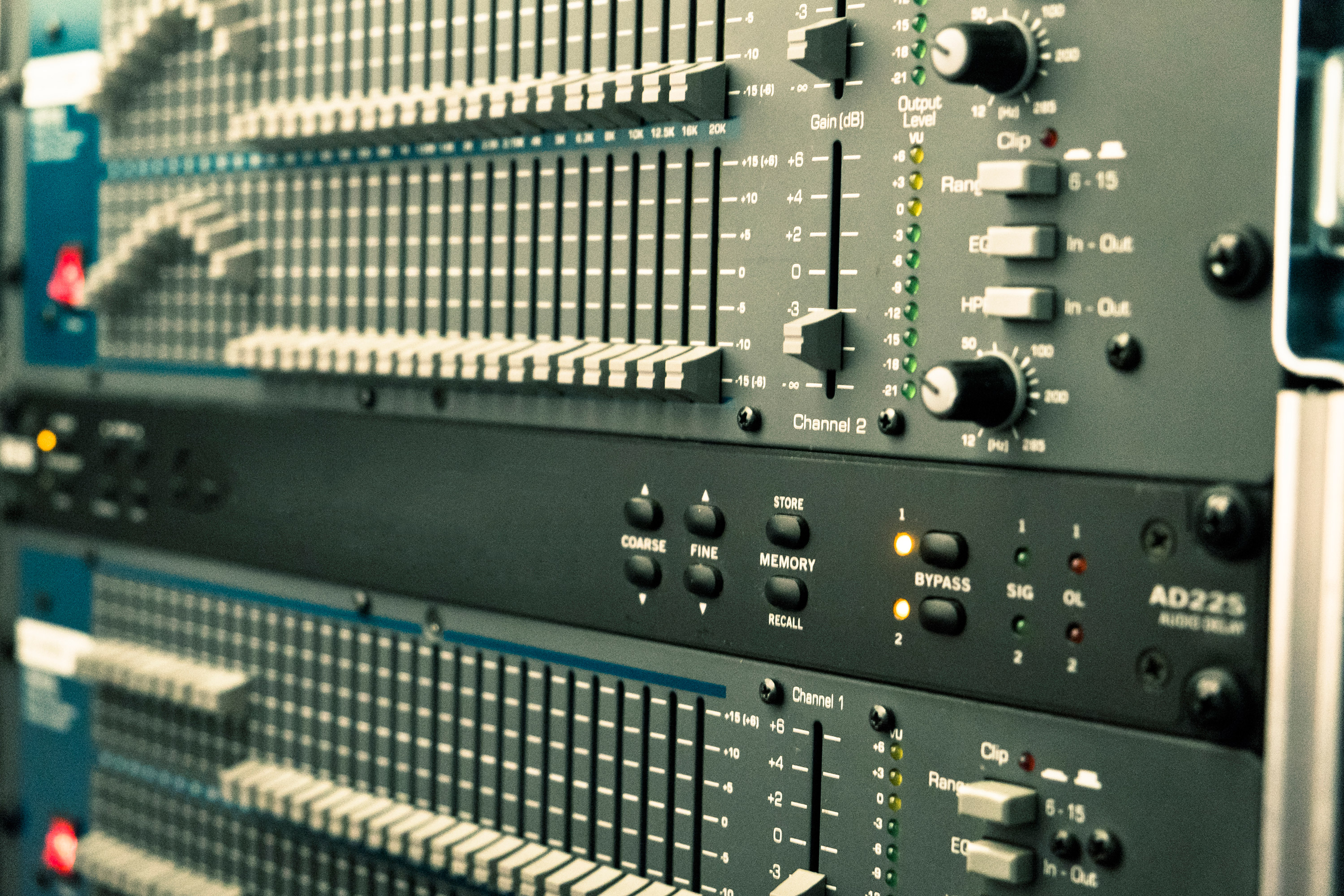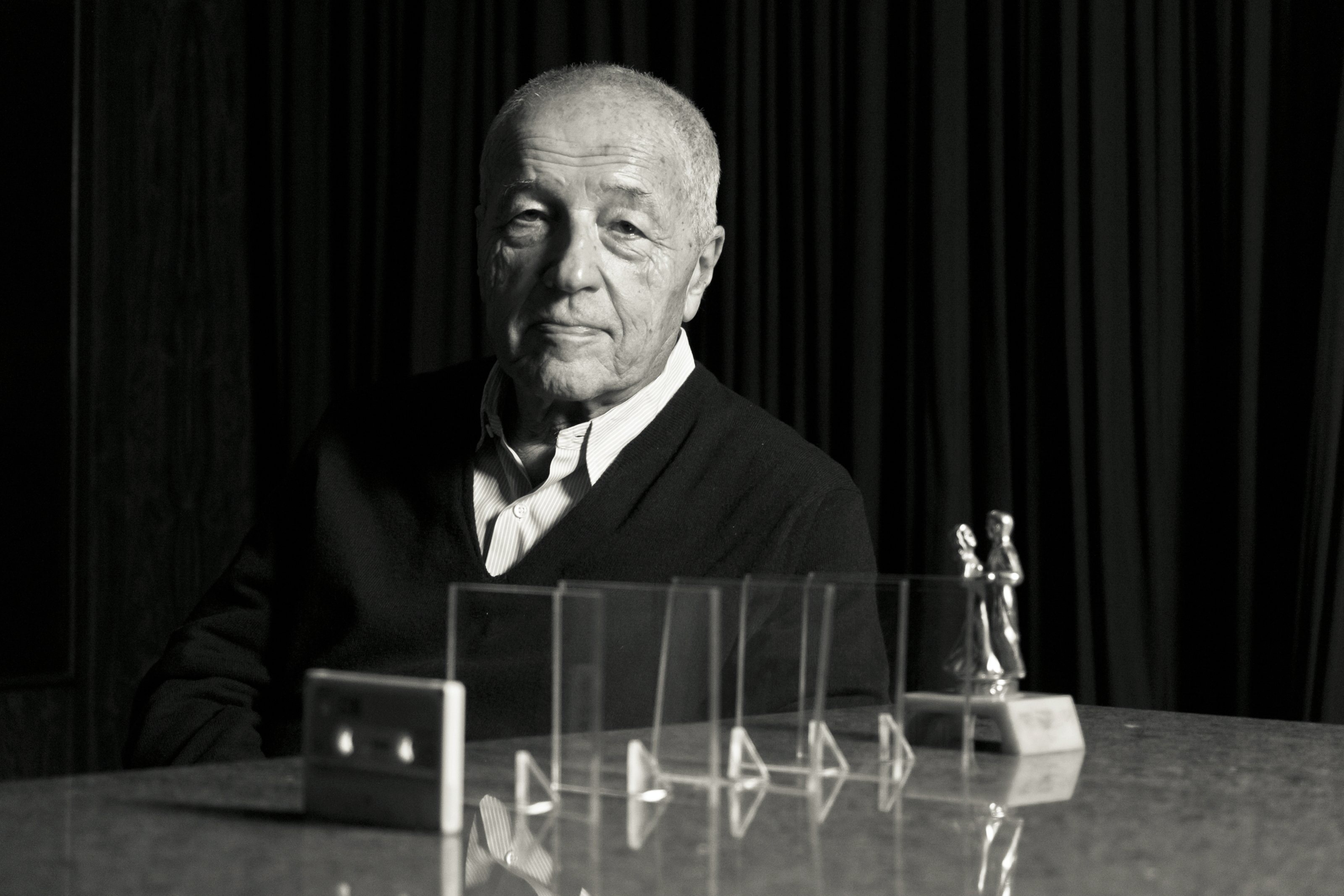An Introduction to Alex Rosner: Shaping the Sound of New York
Piotr Orlov provides a primer to the debut episode of The Note documentary series

We live in a time of mixed-up ideals. On one hand, sound reproduction and consumer technology breakthroughs are accelerating more rapidly right now than any other time in human history. On the other, the shaky quality of the audio we engage with most on a daily basis – through computer soundcards, earbuds and public sound systems – signals a steep decline from that which marked the pre-digital compression age. Many of the technical improvements delivered to us via next-generation devices and automatic software updates are less full-scale advances than they are fixes of incomplete jobs. Often it seems that the sounds reverberating in our lives are increasingly marked not so much by aspirational levels of quality, but rather by convenience.
Yet sound quality was precisely what made the first wave of New York City clubs and discotheques so unforgettable. Given the environment, it's not beyond reproach to say that the 81-year-old Alex Rosner – a legendary sound engineer, one of the founding fathers of Big Apple club sound systems and the inventor of the stereo DJ mixer – is an outlier. But he's also an originator, with insights wise beyond his greying years. “You know, every sound system that anybody ever did, I can improve – including my own,” he says, with a tinkerer’s nous, towards the end of the documentary Alex Rosner - Shaping the Sound of New York. “There isn’t a place that I’ve walked into where I can say, 'you've reached Nirvana, perfection, I can’t make it better.’ Never happened!”
Never mind that this is the man who helped David Mancuso perfect the audio at The Loft, the disco party that can be fairly called the mother of New York dance culture (and remains beloved to this day for its sonic prowess).
While Shaping the Sound of New York focuses on Alex Rosner’s importance to the creation of the New York club sound, it also aptly serves as a portrait of a craftsman who found success in a time before the almighty algorithm had a hand in calculating cultural renaissance. It's a tale of creation founded on basic principles, where the perfection of sound is not just a body of work, a consumer need and a spatial problem to be solved. It's also a philosophy of being. Or, as Rosner himself put it in his 2003 Red Bull Music Academy lecture: “The line of demarcation between business and pleasure doesn’t exist — it’s just one life.”
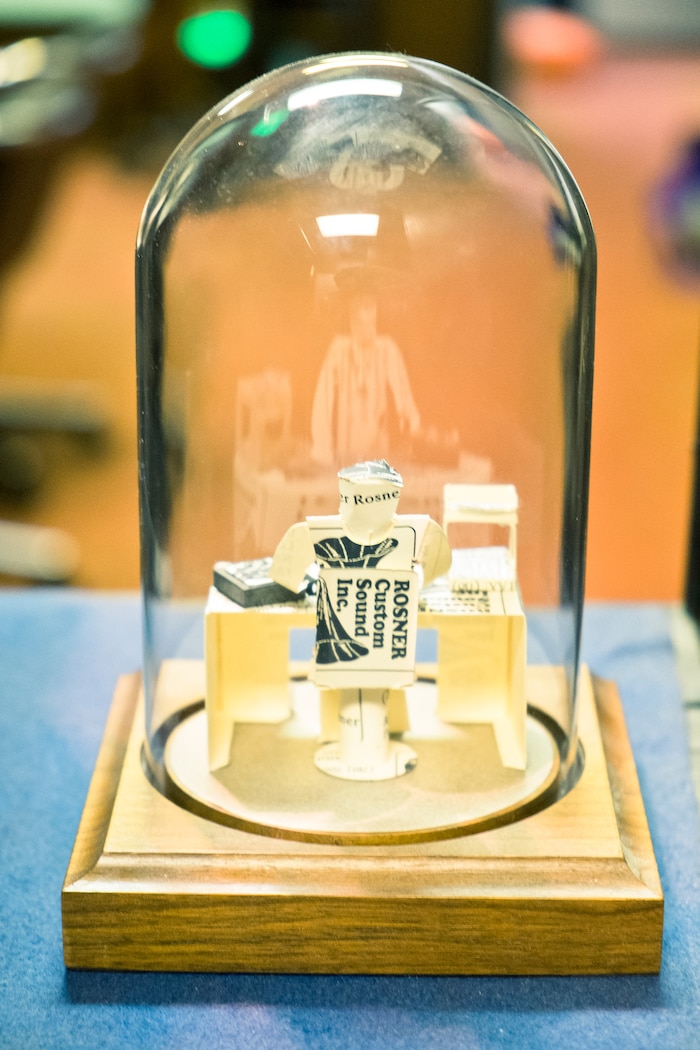
Rosner should know. He's lived a fraught life, and his principles have been hard-fought. Yet the sound of music was always near their core. A young Alex and his father, Henry Rosner, were both Holocaust survivors who endured their time in the Dachau concentration camp as performers for the guards. (Henry was a violinist from a musically gifted family, while his son picked up the accordion: “Music saved my life,” Alex told the filmmakers plainly.) After the war, the Rosner family settled in Queens, New York. Despite a continued passion for music – especially big-band and Latin music by the likes of Stan Kenton and Tito Puente – Alex heeded his mother’s call to learn a trade, so he received an engineering degree at Rensselaer Polytechnic Institute.
Yet he never abandoned his love for audio stimulation. A fateful stint in the Navy carried him back towards sound waves, and allowed him to meld his hobby with his schooling. He was drawn in by a fascination with the newfound concept of stereo, which he still calls “the curtain of sound.” That fascination proved so intense that by the mid-’60s, Alex was consulting on audio and setting up discotheque sound systems around New York. He designed one of his first sound systems for a pavilion at the 1964-1965 World’s Fair, and Rosner Custom Audio opened for business a few years later, in 1967. It remains in business to this day at its original location.
At clubs Rosner was part referee and part psychologist, someone who was on everybody’s side.
In those early days, Rosner would cement many of his fundamental ideas of how to create warm, fluid amplified sound for social environments – and those became the philosophical cornerstones of New York City’s golden age of clubbing. Some were simple technical solves, such as back-up speakers and amplifiers that created working redundancies. Others were basic ideas of networked quality control, which, in the film, he likens to five panes of glass:
Imagine five panes vertically, one behind the other. You are on one side, looking through these five panes of glass onto an object on the other side. Each pane represents a component in the sound system: the last component would be the loud-speakers, before the loudspeakers would be the amplifier, before the amplifier would be the processing equipment (if any), before that would be the pre-amp, and then the play-back device, whether its a turntable, a phono cartridge, a tape-deck, or any electronics. The quality of each of these panes, the cleanliness, the perfection or imperfection of them, determines how well you see this object. The idea is to match them so that you don't have a broken filthy pane of glass here and a clean crystal clear pane next to it. You want to make each one of these panes of glass reasonably the same quality. That optimizes the system and it's the wisest spending of your money. You want to make sure that each one of these panes of glass is as reasonably clean as you can afford to clean it. My question always is what's the cleanest I can make it. That's how I would start explaining the system. I would say, "Okay now, which pane of glass do you want to discuss?”
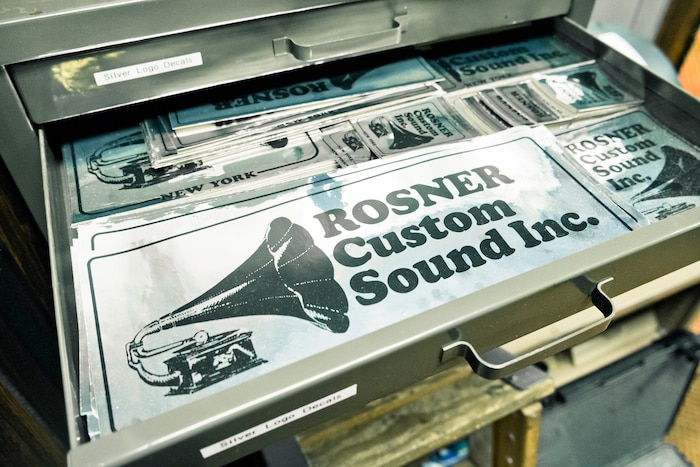
Rosner suggests that building New York City club systems in the 1970s meant being a sociologist as much as an engineer. He knew that great sound acted as a unifier for needs both physical and contractual, and experienced first-hand the positive effects it had on business, camaraderie and libidos. Coupled with his innovative designs, Rosner's empathetic nature enabled him to become a conduit between the DJs playing records, the clubs and their owners and the crowds gathered at events. Rosner was part referee and part psychologist, someone who was on everybody’s side. Still, he recognized that sound could never reach perfection, no matter how much money you spent (Though if you ask the famed DJ Nicky Siano, whose Gallery sound system was built by Rosner, his work does not come cheap.)
He didn’t actually profit from his greatest technological breakthroughs, even though he created the initial design of the Bozak CMA-10-2DL, the prototype of the DJ Mixer as we now know it. While he encouraged its wide production and turned it into an industry standard by willing it into the booths of clubs like the Paradise Garage and Studio 54, the glory was mostly out of his hands and his accounts. Similarly, neither he nor Mancuso patented the design of the first four-way tweeter speakers that they drew up for The Loft in 1971 (Richard Long, Rosner’s only true competitor for the ears of New York’s dancers and revelers at the time, went on to gain success for it.) Those glories live only in the books.
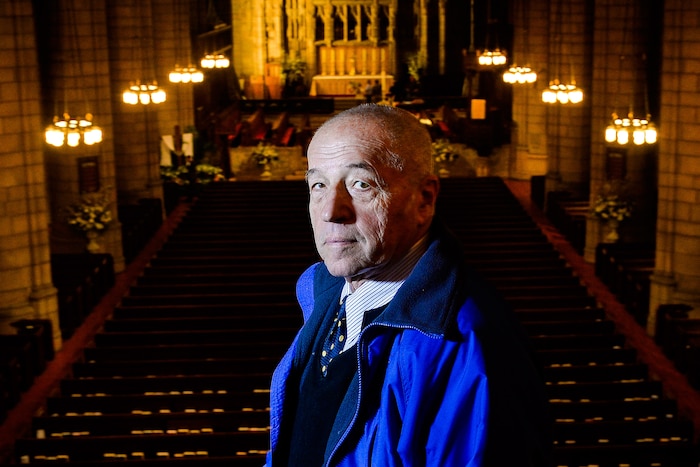
Today, Rosner’s work revolves mostly around the city’s most well known churches, including Riverside Cathedral and St. John the Divine, that play host to musical events and religious services alike. In the film, Rosner quips that his current gig serves as appropriate “penance for [designing systems that made] people lose some of their hearing.”
It’s definitely a bit of undue self-flagellation on Rosner’s part. While filming Shaping the Sound of New York, Siano paid Rosner an immense compliment by saying: “I always felt your sound systems didn’t push you around – they made love to you.” The engineer moved right past it. “My contribution to this field was basically bringing high fidelity techniques into commercial sound,” he matter-of-factly. “It only happened because I was there at the right time.” Even in the way Alex Rosner handled accolades, he seemed a man out of time.
